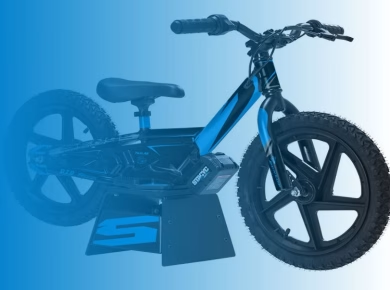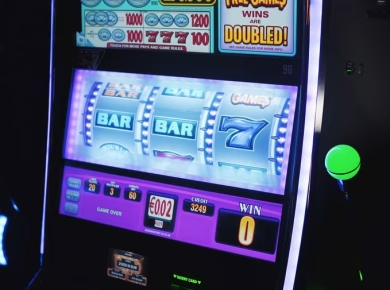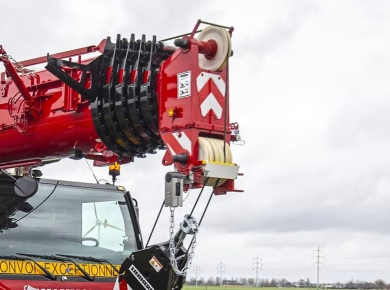When it comes to improving water quality in apartments, small water softener systems have emerged as a popular solution. Hard water can present a myriad of issues, from scaling on pipes and appliances to dry skin and dull hair. Finding a small water softener that fits the unique needs of an apartment can feel daunting with various options available in the market. But fear not; this guide will help you compare some of the top models, ensuring you can make an informed decision that aligns with your lifestyle and home needs.
Understanding Water Hardness
Before diving into specific models, it’s essential to understand what water hardness is and why it matters. Hard water contains high levels of calcium and magnesium, which can lead to a range of problems in your home. This includes scale buildup in plumbing and appliances, reduced soap effectiveness, and even potential skin irritations. Knowing your water hardness level is the first step in deciding on a suitable water softening system. You might consider getting a water hardness test kit or checking with your local water supplier for information.
Why Choose a Small Water Softener for Your Apartment?
Apartments often come with limited space, making traditional, larger water softening systems impractical. A small water softener provides a compact option that can easily fit into closets or under sinks. Not only do they save space, but they are typically easier to install and maintain, making them ideal for renters and homeowners alike. Additionally, these systems can significantly improve your daily life by enhancing the quality of your water for drinking, bathing, and cleaning.
Key Features to Consider
When exploring options for small water softeners, several features can influence your choice:
Size and Capacity
The size of the unit is critical. You’ll want a model that fits within your available space while providing adequate capacity for your household’s water usage. Look for models that can process the volume of water your apartment typically uses, often measured in grains per gallon.
Regeneration Process
Most water softeners regenerate by using salt to remove the accumulated hardness minerals. However, the regeneration process can vary significantly between models. Some systems regenerate on a timer, while others utilize demand-initiated regeneration, which only takes place when necessary. Demand-initiated systems tend to be more efficient and can save you money on salt and water.
Installation and Maintenance
Consider how easy the unit is to install. Some models come with a DIY installation kit, while others may require professional help. Maintenance is also a key factor — look for models that offer easy access to salt tanks, clear indicators for salt levels, and straightforward cleaning processes.
Cost
While upfront costs are essential, consider the long-term value. The price of the unit, maintenance costs, and the cost of replacement parts (like resin and salt) can all add up. A slightly more expensive model may save you money in the long run through increased efficiency and durability.
Top Small Water Softener Models for Apartments
Let’s explore some of the leading small water softeners currently available, each catering to different needs and preferences.
1. Fleck 5600SXT
Fleck is a well-known name in the water softening industry. The Fleck 5600SXT is a compact and efficient system that offers a grain capacity of 48,000 grains, making it suitable for apartments with moderate water usage. Its demand-initiated regeneration system optimizes salt and water use, ensuring you don’t waste resources. Installation is relatively straightforward, and many users appreciate the digital control head that provides easy programming options and displays diagnostics.
2. WaterBoss 220
Designed specifically for smaller households, the WaterBoss 220 is a compact unit that handles up to 22,000 grains. One of its standout features is its built-in iron removal capability, making it ideal for areas where water quality issues include both hardness and iron. The system regenerates efficiently and is relatively easy to install. Users often praise its effectiveness in reducing scale buildup and improving overall water quality.
3. EcoPure EP21
The EcoPure EP21 offers a balance between size and capacity, providing a 21,000-grain capacity. This unit is especially popular among renters due to its space-saving design and user-friendly touchpad controls. The EcoPure also features a salt-saving regeneration process, making it a cost-effective choice over time. Additionally, its compact design allows it to fit neatly in a closet or utility room.
4. Aquasana Whole House Filter and Salt-Free Softener
While not a traditional softener, the Aquasana system offers a salt-free solution that can reduce the effects of hard water without removing essential minerals. This model is ideal for those who are concerned about the environmental impact of salt-based systems. The compact design makes it easy to install in an apartment, and it effectively reduces scale buildup while enhancing water quality.
5. Whirlpool WHES30E
For those needing a slightly larger capacity, the Whirlpool WHES30E offers 30,000 grains of softening power. This model is designed for easy installation and maintenance, featuring a user-friendly interface and a compact design that fits well in tight spaces. Its demand-initiated regeneration system ensures optimal performance while minimizing salt and water use.
Installation Considerations
Installing a small water softener in your apartment can vary significantly based on the model you choose and your apartment’s plumbing configuration. Many of these systems can be installed as a DIY project if you have basic plumbing knowledge. However, if you are less experienced, hiring a professional might save you time and ensure everything is up to code.
Make sure to assess your plumbing before installation. Some apartments may have unique setups, and you may need adapters or additional fittings. Additionally, consider where the system will be placed; it should be close to the main water supply line and situated in an area that allows for easy access to the salt tank.
Maintaining Your Water Softener
To ensure your small water softener continues to operate efficiently, regular maintenance is key. This typically includes checking the salt level in the brine tank, cleaning the system as needed, and occasionally replacing the resin beads. Be sure to consult the manufacturer’s instructions for specific maintenance recommendations tailored to your model.
It’s also a good idea to monitor your water quality periodically. If you notice any changes, such as increased hardness or a decrease in performance, it may indicate that your system requires more attention or repairs.
Final Thoughts
Choosing the right small water softener system for your apartment doesn’t have to be a complicated process. By understanding your water hardness, assessing your space and usage needs, and considering the top models on the market, you can find a solution that fits seamlessly into your lifestyle. The investment in a water softener not only enhances the quality of your water but can also lead to long-term savings and improved comfort in your home. So, take the time to explore your options, and enjoy the benefits of soft water in your apartment.


